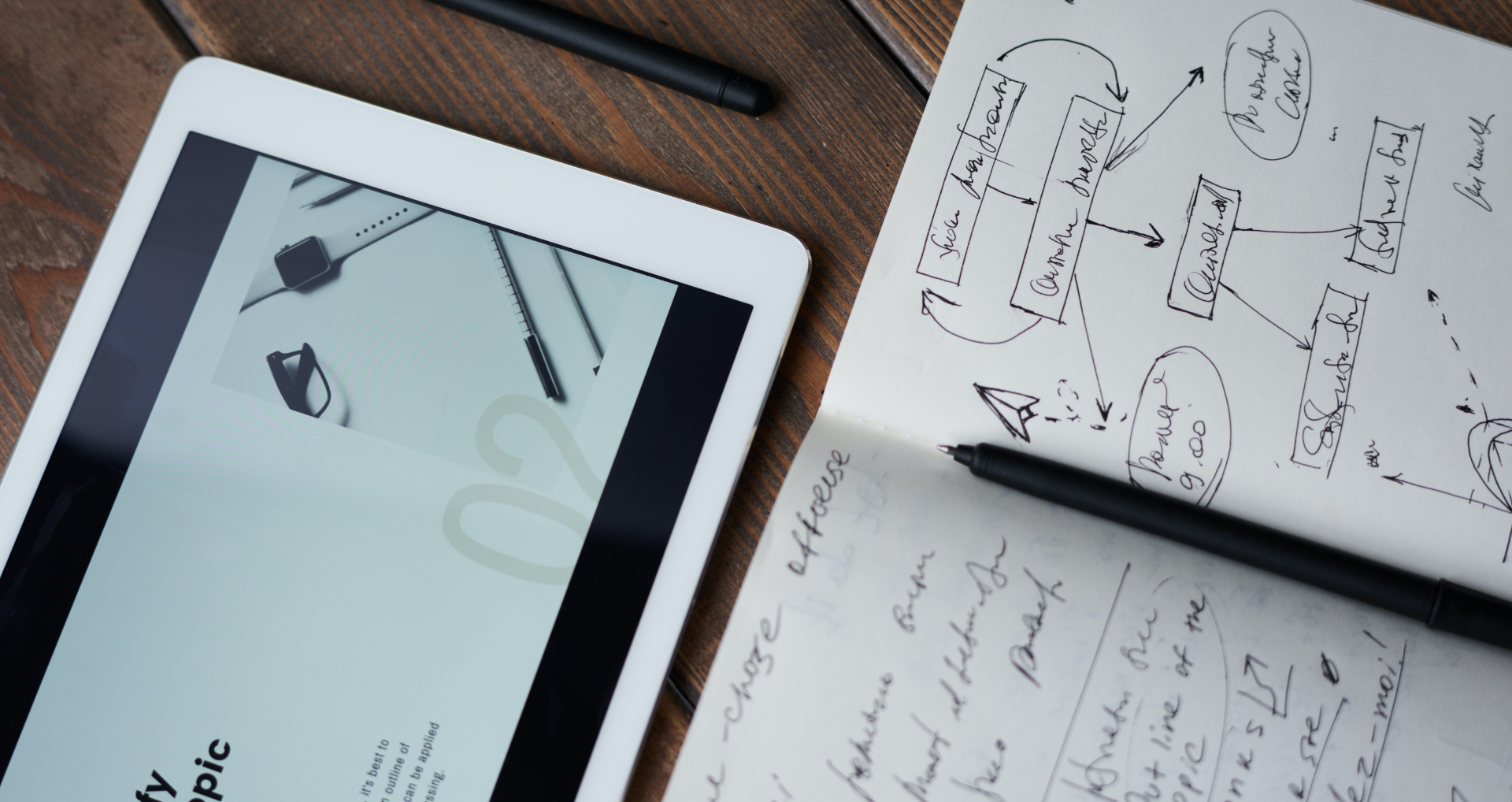Conducting original research is a high-value addition to any marketing program. Whether using it to inform your own message, guide decision-making or publish new insights that demonstrate your organization’s thought leadership, current research is always interesting to customers, leadership and the press.
Before you delve in, there are a few critical components of a good research project that should be thought through to make sure you maximize your investment:
- A clear goal – It may sound obvious, but be sure you determine specifically why you are undertaking a research effort before you start. It’s actually common for there to be disagreement or different expectations among teams on what the research outcome is going to be. Setting a clear goal beforehand and getting agreement from all involved stakeholders will make sure you garner the right data and insights you need to support business needs.
- The target respondent – Define specifically who you want to reach. That doesn’t mean companies – that means people. A senior executive or an individual contributor? Someone very technical, a hands-on expert or a generalist? What level of knowledge and what kind of business perspective should your target have? While many people want to go right to the top, getting C-level or other top-level executives to respond can be challenging and costly, so set expectations accordingly. Importantly, the opinions of one or two people do not make a trend. Don’t rely on minimal anecdotal information – it is not representative of a broader group.
- The methodology – Should you conduct a quantitative study, a qualitative study or a combination of both? Different methods will yield different learnings – do you want an inch wide and a mile deep (good for focus groups, expert interviews and other ethnographic studies) or do you want a wider survey that gives insight on a broader range of topics but doesn’t peel back layers of thinking? It’s possible that a study combining some of both qualitative and quantitative will get you the depth of perspective you need.
- The inquiry – Once you decide on your methodology, it’s time to develop the research instrument. Whether it’s a survey or a discussion guide or a usability test, each question matters. People’s attention spans are short, so focus on the most important points. Keep questions to a minimum. Do not try to cram too much into one research engagement. If your survey is about how your customers react to new messaging or a promotional campaign, don’t confuse them by also asking about their satisfaction with a product or service.
- The analysis – Once you have collected your data, accept the results – you can’t argue with objective input, even if it doesn’t say quite what you had hoped. What you learn from doing custom research is golden – so work with it to your best advantage!
- The outputs – Make the most use of the data and insights you now have. Publish an industry report; generate a headline; share it with prospects and customers; provide it to leadership to support decision-making; use it for social media. Whatever goal you set back in the planning stages should now be met and your marketing efforts enriched by having undertaken this effort.
Be sure to contact W2 Communications when you’re ready to start your new research project!




